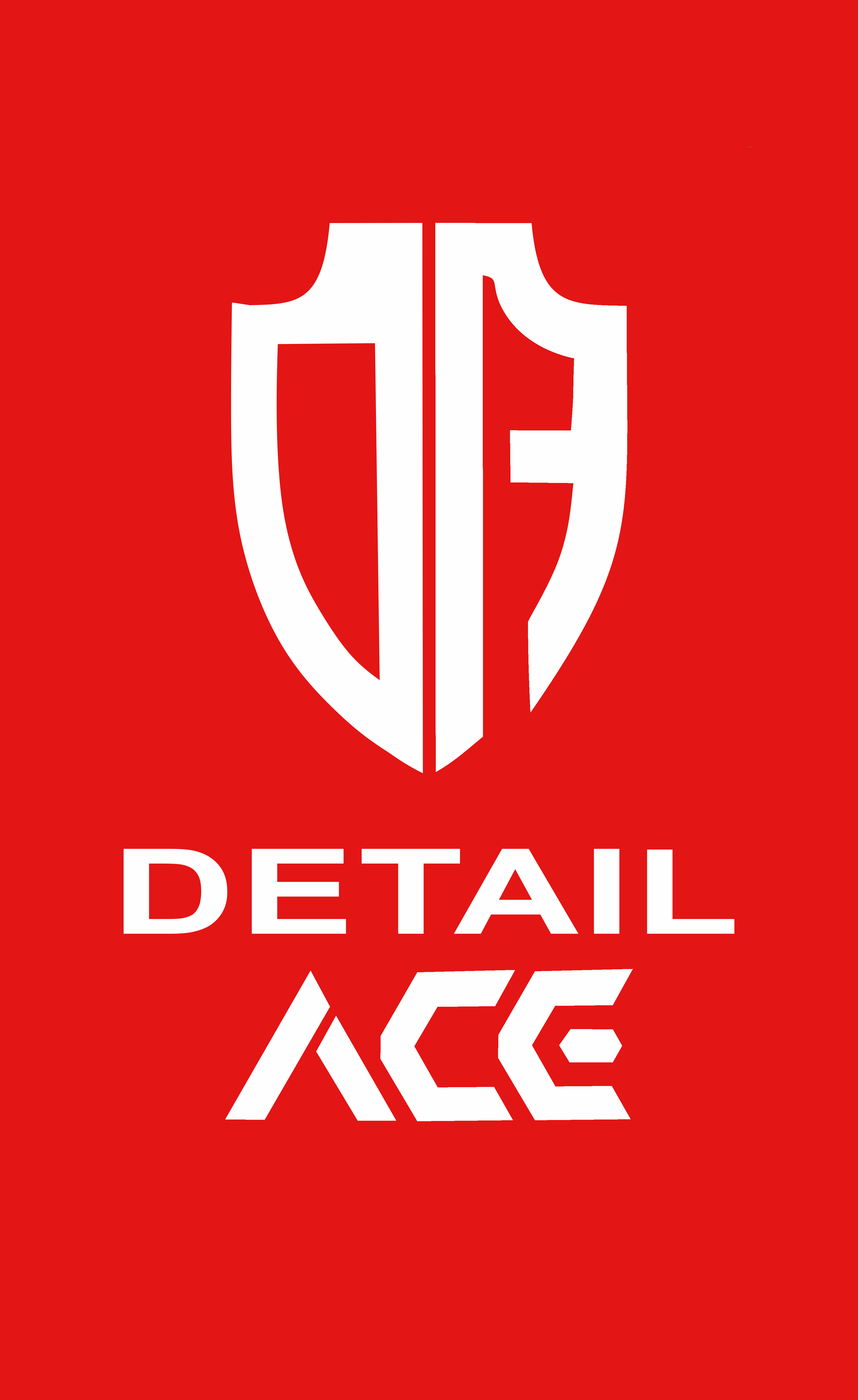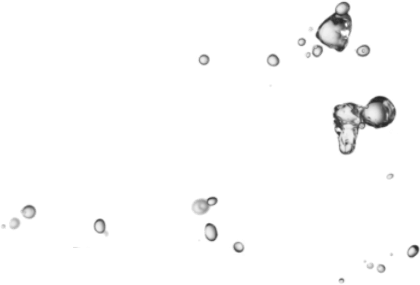10 Tips for Pressure Washing Your Car Like a Pro
If you’re looking to get your car clean without having to go to the car wash, pressure washing it yourself is a great option. However, it’s important to know what you’re doing before you get started. In this blog post, we’ll give you 10 tips on how to pressure wash your car like a pro.
1. Choose the right pressure washer
If you’re going to be pressure washing your car regularly, you’ll want to choose an electric motor and pump that’s up for the task. Otherwise, you run the risk of damaging your car’s paint or having the motor overheat. A good rule of thumb is to choose a pressure washer that is 2,000 to 2,500 PSI.
2. Choose the right nozzles
There are three main types of nozzles – fan nozzles, pencil nozzles, and flat nozzles. Each has its own purpose, so it’s important to choose the right one for the job at hand.
Fan nozzles are ideal for wide, even coverage, making them ideal for large surfaces like car hoods and trunk lids. Pencil nozzles provide a focused stream of water that is perfect for getting into small crevices and rugged work like washing the under-body or wheel wells. Flat nozzles are somewhere in between, providing a wide, but not too wide, spray pattern that is perfect for areas like door panels and side mirrors. So before you start pressure washing your car, make sure you have the right nozzle for the job.
3. Choose the right lance – short or long?
Although a longer lance may be tempting as it can reach all areas of your car more easily. A shorter lance is going to be the better choice in most cases. A shorter lance is easier to control and maneuver, so you’re less likely to accidentally scratch or damage your car. Plus, a shorter lance is less likely to get tangled up in cords or hose pipes. If you have a large car or SUV, you may need to use a long lance in order to reach all areas, but for most people, a short lance will be the better option. For most people, a short lance is going to be the better choice as it will be easier to maneuver. However, if you have a large car or SUV, a long lance may be necessary in order to reach all areas of the vehicle.
4. What pressure setting should you use?
The pressure setting will depend on the type of nozzle you’re using as well as the surface you’re cleaning (e.g., paint, chrome, plastic). When car washing, it’s important to use the correct nozzle and pressure setting in order to avoid damaging your paint job. If you’re using a nozzle with a wide spray, you’ll want to use a higher pressure setting. For a narrower nozzle, you can use a lower pressure setting. When cleaning surfaces other than paint (such as chrome or plastic), you can use a higher pressure setting without damaging the surface. Keep in mind that the type of surface you’re cleaning will also affect the pressure setting you should use. If you’re unsure which setting to use, err on the side of caution and start with a lower pressure setting. You can always increase the pressure if needed.
5. Do you need chemicals?
In most cases, water alone will suffice. However, if you’re dealing with stubborn dirt or grime, you may need to use some sort of cleaning solution in order to get the job done right. For instance, when washing your car, you can use a nozzle attachment on your hose to apply pressure and help loosen any tough dirt or grime. You can also add a small amount of shampoo to the water in order to create more suds and increase the cleaning power. For tougher jobs, you may need to use an all-purpose cleaner (APC) or another type of chemical cleaner. Be sure to read the labels carefully and always test the cleaner on a small area first to ensure it won’t damage the paint. When using any sort of chemical cleaner, be sure to rinse the area completely afterward with water to remove any residue.
6. Rinse from top to bottom
When you rinse your car off after washing it, start from the top and work your way down. This will help to prevent streaks and ensure that all areas of your vehicle are evenly cleaned. Start by rinsing the top of your car, then move on to the hood and trunk. Use a nozzle with moderate pressure to avoid damaging the paint or causing any suds to run down onto other parts of the car that have already been rinsed. Once you’ve rinsed the top and sides of your car, move on to the wheels. Finish up by rinsing the bottom of the car. By following this order, you’ll ensure that your car is thoroughly rinsed and that any soap residue is removed.
7. Be careful with sensitive areas
When pressure washing your car, be careful around sensitive areas such as the engine bay or doorjambs. You don’t want to damage any delicate parts of your vehicle. The high-pressure nozzle can easily remove dirt and grime, but it can also cause serious damage to delicate electronics and interior components. So, when washing your car, always use a low-pressure setting and hold the nozzle a few inches away from sensitive areas. If you’re not sure how to pressure wash your car without damaging it, consult us, we are here to help. With a little care and attention, you can pressure wash your car without causing any damage.
8. Use steady strokes when washing
When actually washing your car’s surface with soap and water, use steady strokes in order to avoid leaving swirl marks or streaks behind.
9. Rinse thoroughly after washing
It is important to rinse your car thoroughly after washing it in order to avoid water spots or streaks. To rinse properly, direct a steady stream of water onto the surface of the car using medium to high pressure. Aim the nozzle slightly above the surface of the car so that the water can rinse away any soap or suds that may be clinging to the paint. Move the nozzle around in a circular pattern to avoid leaving swirl marks. Rinse all sides of the car, taking care to rinse under any removable lens covers. Once you have rinsed the car completely, dry it with a clean towel or chamois. We recommend drying your car with an air dryer.
10. Dry your car off completely
Many people believe that the car washing process is complete once they have rinsed away all the suds and soap. However, it is important to take the time to dry off your car completely. This can help to prevent water spots and streaks, and it will give your car a new, clean look. One way to dry off your car is to use an air dryer. This is a quick and easy way to get rid of any remaining water. Another option is to use a microfiber towel. Be sure to move the towel in a steady, circular motion to avoid leaving swirl marks on your paint. With a little bit of effort, you can achieve a streak-free finish that will make your car look its best.
Conclusion
Following these 10 simple steps will help ensure that you pressure wash your car like a pro! Pressure washing is a great way to keep your car clean without having to go to the car wash every week – plus, it’s satisfying watching all that dirt and grime disappear before your eyes. Just remember to take caution around sensitive areas, use steady strokes when washing, and rinse thoroughly afterward. And last but not least, don’t forget to dry off your car once you’re finished! Thanks for reading!


